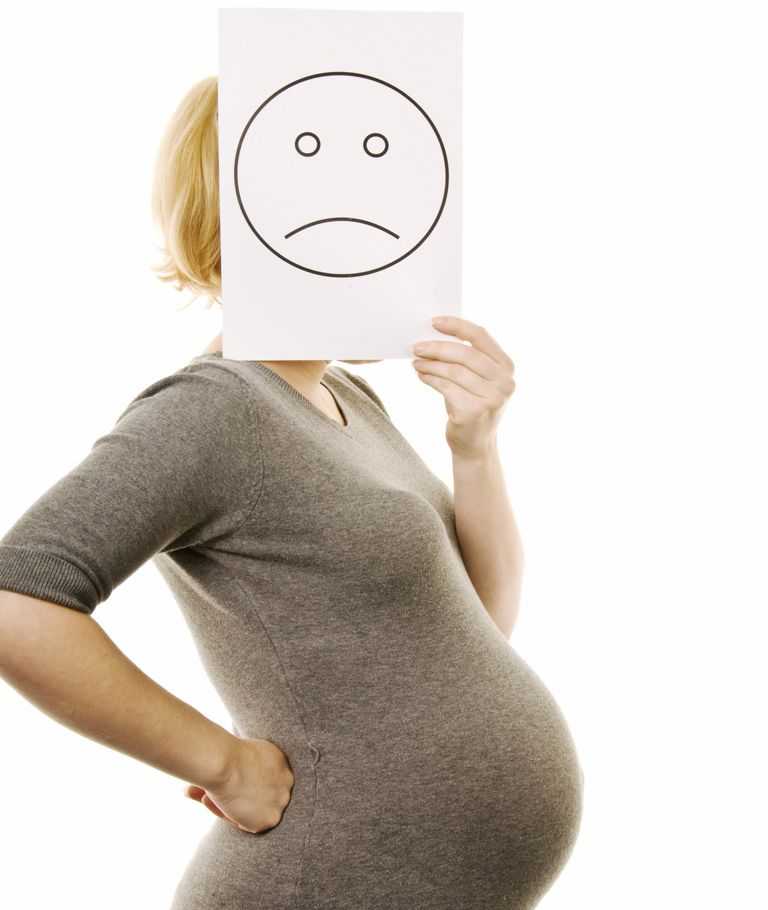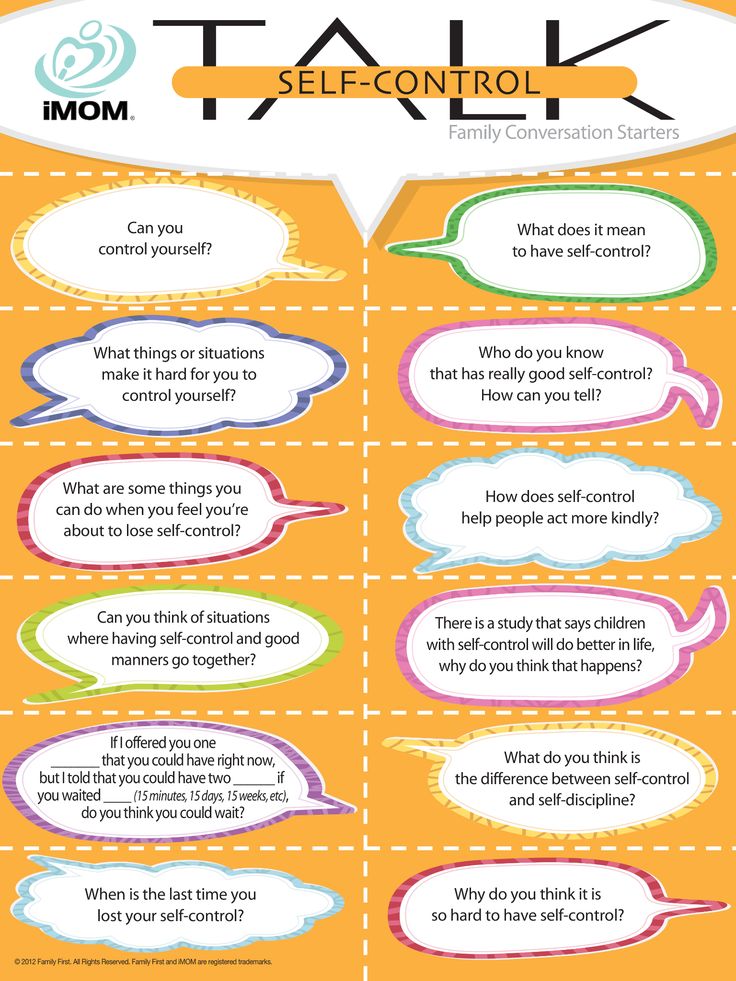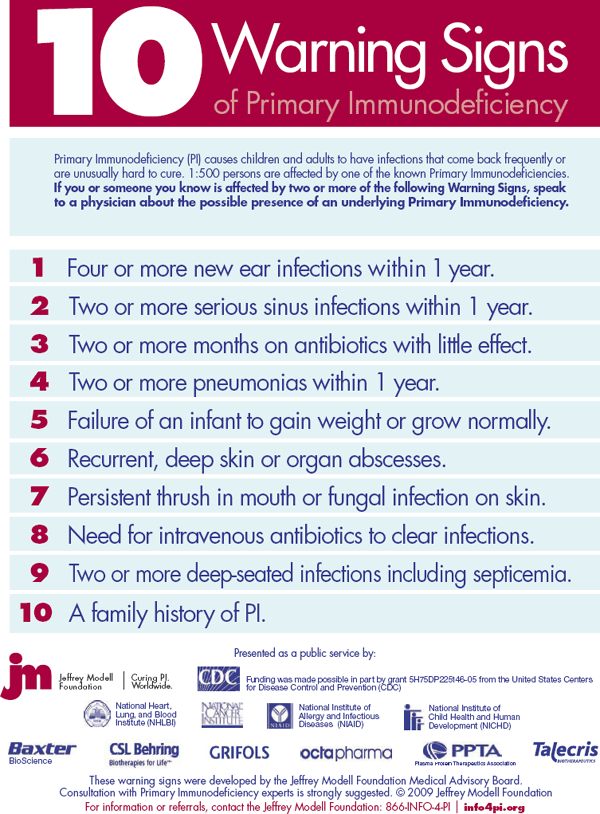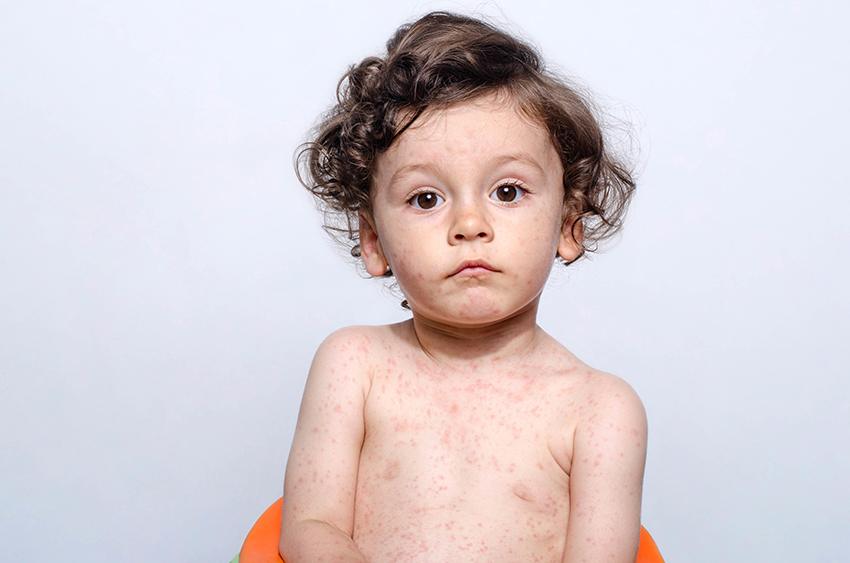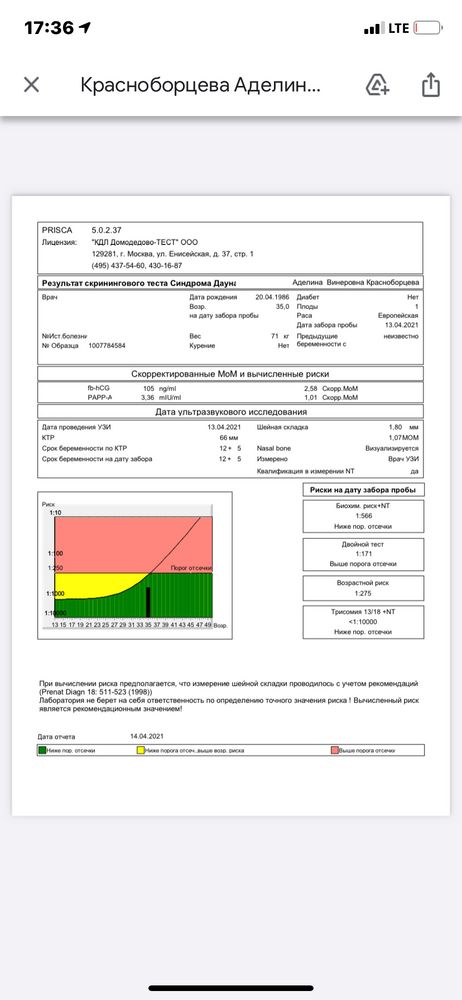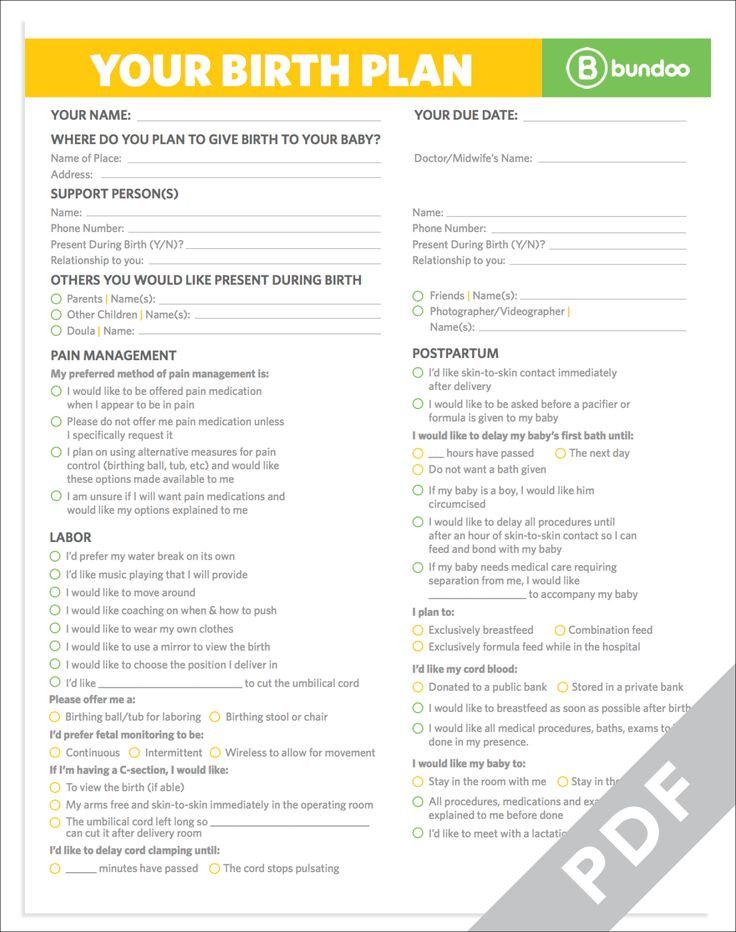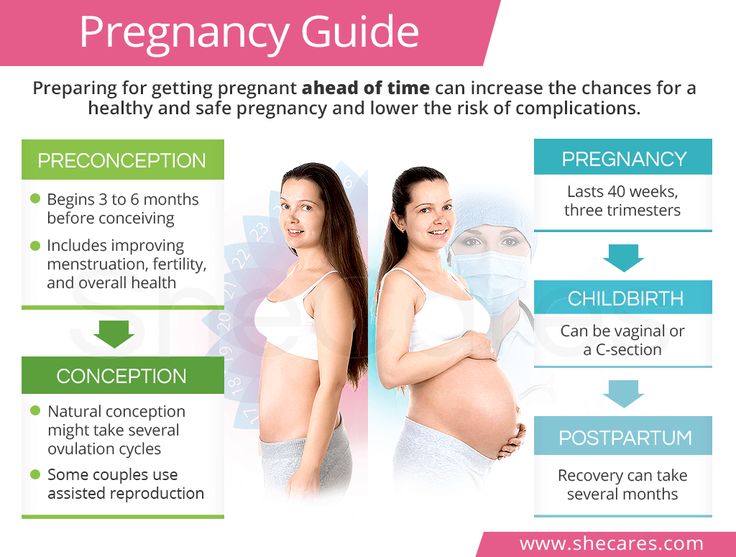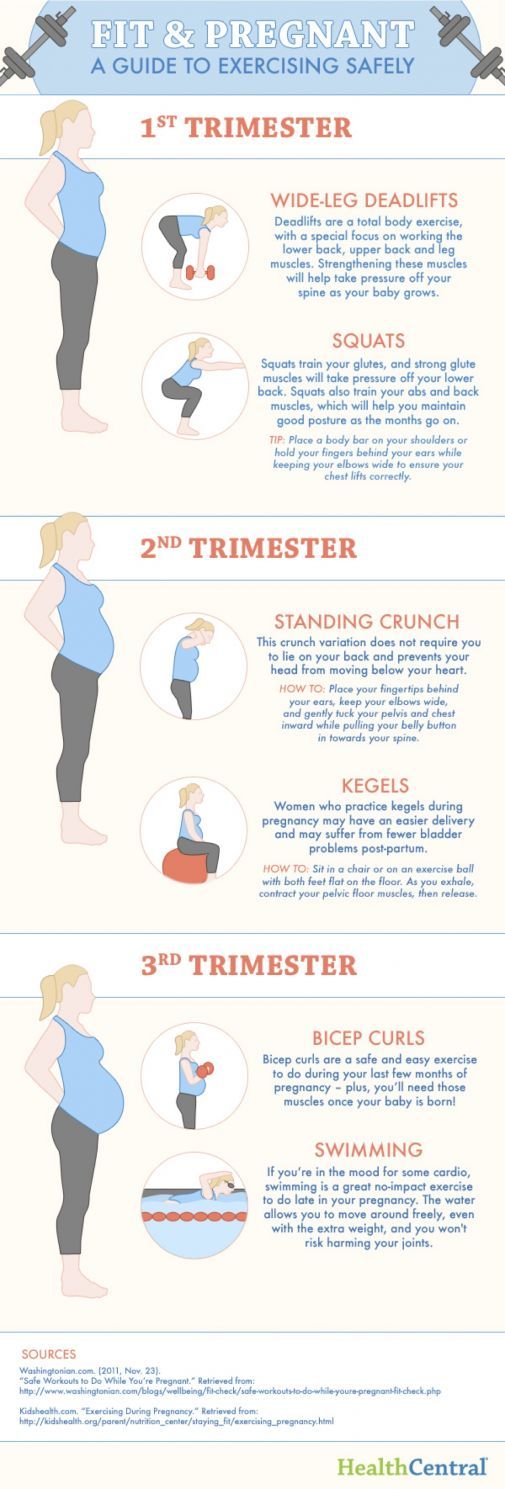Pregnancy and hair
Changes to hair during pregnancy
Changes to hair during pregnancy | Pregnancy Birth and Baby beginning of content3-minute read
Listen
Hormonal changes during pregnancy can affect your hair, making it thicker or thinner. Find out more about these potential changes and whether you should be using hair treatments or colour (dye) while pregnant.
Hair can become thicker
Your hair has a natural life cycle. Each individual hair grows, then rests for 2 or 3 months before being pushed out by a new hair growing in that follicle (the tube-shaped sheath that surrounds the hair beneath the skin). In pregnancy, this cycle changes.
Many women experience their hair feeling thicker at around 15 weeks of pregnancy.
This is not because each hair strand itself becomes thicker, but because the hair stays longer in the growing phase of its cycle, which means that less hair falls out than usual. This is due to an increase in the hormone oestrogen.
Hair can become thinner
Some women experience more of their hair falling out during pregnancy. This is due to a decrease in oestrogen, which may happen as a result of the following:
- stopping the oral contraceptive pill
- experiencing an abortion, miscarriage or stillbirth
- a hormonal imbalance during pregnancy
It is also common for women to experience hair loss after pregnancy when their oestrogen returns to normal levels. This causes the additional hair from the growth phase to change to the resting phase, which then falls out more than usual, until around 3-4 months after your child is born.
This hair loss is usually nothing to worry about – your hair growth will return to normal by the time your baby is around 12 months old. If you feel your hair loss is excessive, or your hair growth has not returned to normal by 12 months, speak to your doctor.
Should I dye my hair during pregnancy?
Using hair colour, or ‘dye’, is not thought to cause harm to your developing baby because your hair doesn’t absorb enough harmful chemicals to affect you or your baby. The amount of toxic chemicals in hair dye is not high.
The amount of toxic chemicals in hair dye is not high.
However, as there is not a lot of research into the use of hair dye and pregnancy, you may prefer to delay colouring your hair until after the first trimester (first 12 weeks of pregnancy) is complete.
Other things you can do to minimise your exposure to hair-colour chemicals:
- wear gloves if you dye your hair yourself
- ensure you don’t leave the hair dye in for longer than necessary before rinsing
- colour your hair in a room that is well ventilated
- rinse your scalp well afterwards
- follow the directions on the packet of hair dye
- don’t mix different hair colour products
- do an allergy (patch) test before you dye your hair
Be cautious if using other chemical treatments on your hair. For example, some hair straightening treatments contain the chemical formaldehyde. While there’s no evidence that it can harm unborn babies, it is a known carcinogen and should probably be avoided.
If you’re unsure, speak to your doctor about whether your hair treatment is safe for use during pregnancy.
Where to seek more information
- Call Pregnancy Birth and Baby on 1800 882 436 to speak with a maternal child health nurse.
Sources:
Queensland Government Health (What to expect during pregnancy), Raising Children Network (15 weeks pregnant), SA Health (Formaldehyde), Australian Breastfeeding Association (Beauty treatments and breastfeeding), Raising Children Network (New mums: your body after birth), Royal Australian and New Zealand College of Obstetricians and Gynaecologists (Common questions in pregnancy)Learn more here about the development and quality assurance of healthdirect content.
Last reviewed: May 2020
Back To Top
Need more information?
Changes to your skin during pregnancy
As your pregnancy develops, you may find that you experience changes to your skin and hair.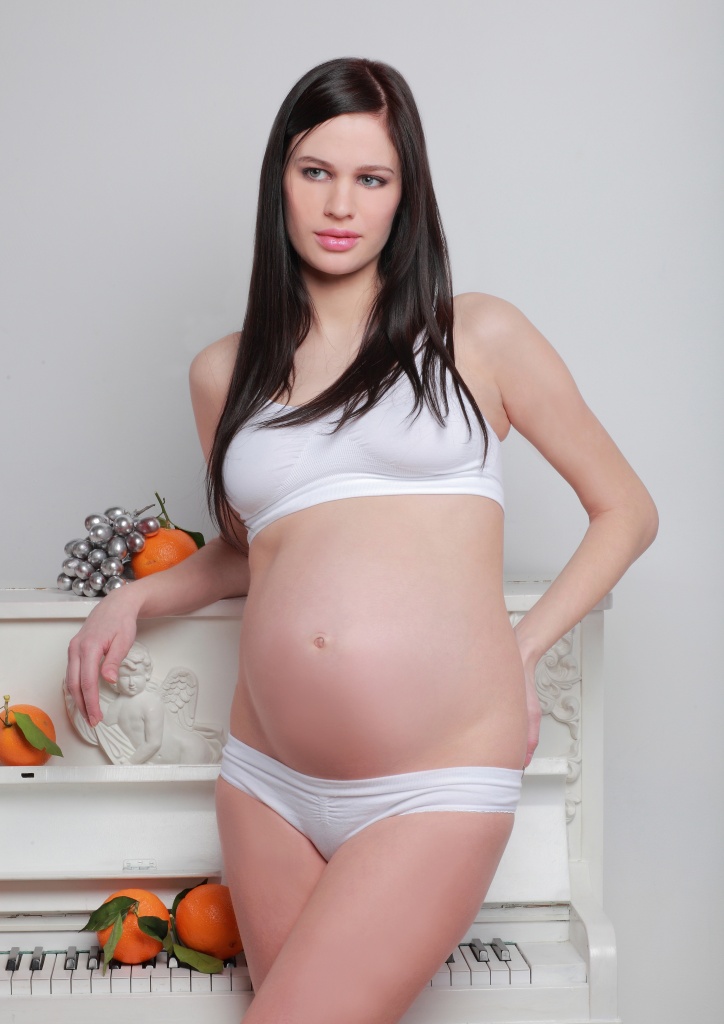
Read more on Pregnancy, Birth & Baby website
Pregnancy at week 15
By week 15, your baby may be able to respond to sound and light, while you are gaining weight and your skin and hair are changing.
Read more on Pregnancy, Birth & Baby website
Pregnancy stages and changes - Better Health Channel
It’s helpful to have an idea of how your body may react to the different stages of pregnancy. It also helps to know how pregnancy may affect your emotions and feelings.
Read more on Better Health Channel website
Things to avoid during pregnancy
From hair dye to house paints, there are a few products or lifestyle habits pregnant women and their partners should be cautious of during pregnancy.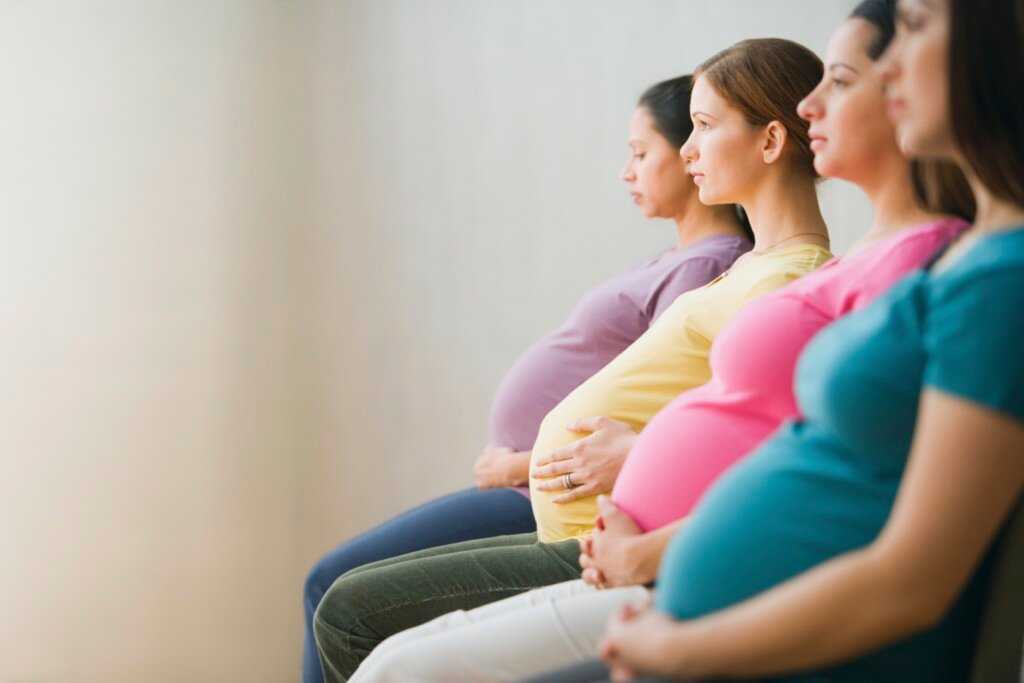
Read more on Pregnancy, Birth & Baby website
38 weeks pregnant | Raising Children Network
38 weeks pregnant? In this pregnancy week by week guide, find out how your baby is growing, how your body is changing and how to look after yourself.
Read more on raisingchildren.net.au website
PCOS and pregnancy
Find out how polycystic ovarian syndrome (PCOS) can affect fertility and increase your risk of some complications during pregnancy.
Read more on Pregnancy, Birth & Baby website
Pregnancy at week 21
At week 21, you should consider whether to do any travel since you may not be able to for much longer in your pregnancy.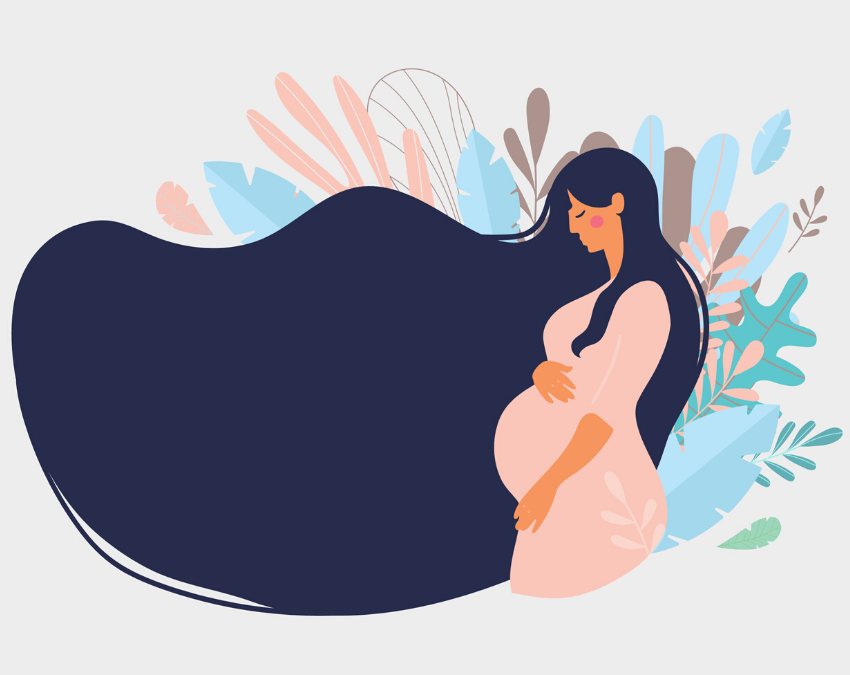
Read more on Pregnancy, Birth & Baby website
Mask of Pregnancy – Melasma
The ‘mask of pregnancy’, also known as Melasma or Chloasma (medical names) is a skin condition that occurs in pregnancy. Areas of the face become darkened (hyperpigmented), appearing as blotchy, irregular shaped patches may range from tan to dark brown in colour.
Read more on Parenthub website
Smoking, alcohol, drugs, pregnancy & men | Raising Children Network
If smoking, drinking alcohol or taking drugs is part of your lifestyle, your partner’s pregnancy might be the time to quit. Get information for dads-to-be.
Read more on raisingchildren.net.au website
Glossary of pregnancy and labour
Glossary of common terms and abbreviations used in pregnancy and labour.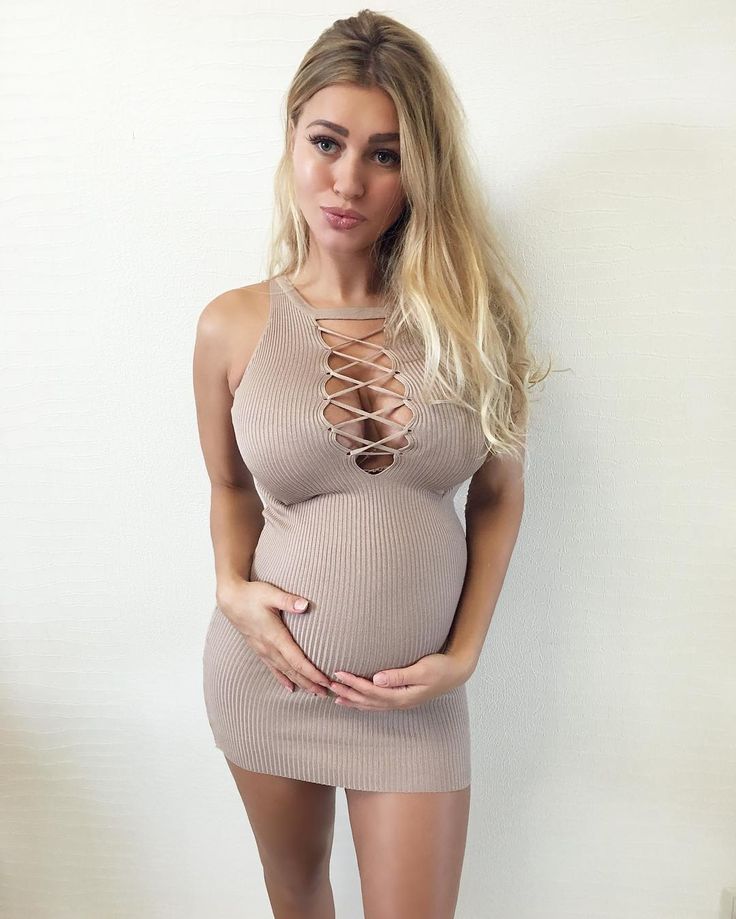
Read more on Pregnancy, Birth & Baby website
Disclaimer
Pregnancy, Birth and Baby is not responsible for the content and advertising on the external website you are now entering.
OKNeed further advice or guidance from our maternal child health nurses?
1800 882 436
Video call
- Contact us
- About us
- A-Z topics
- Symptom Checker
- Service Finder
- Subscribe to newsletters
- Linking to us
- Information partners
- Terms of use
- Privacy
Pregnancy, Birth and Baby is funded by the Australian Government and operated by Healthdirect Australia.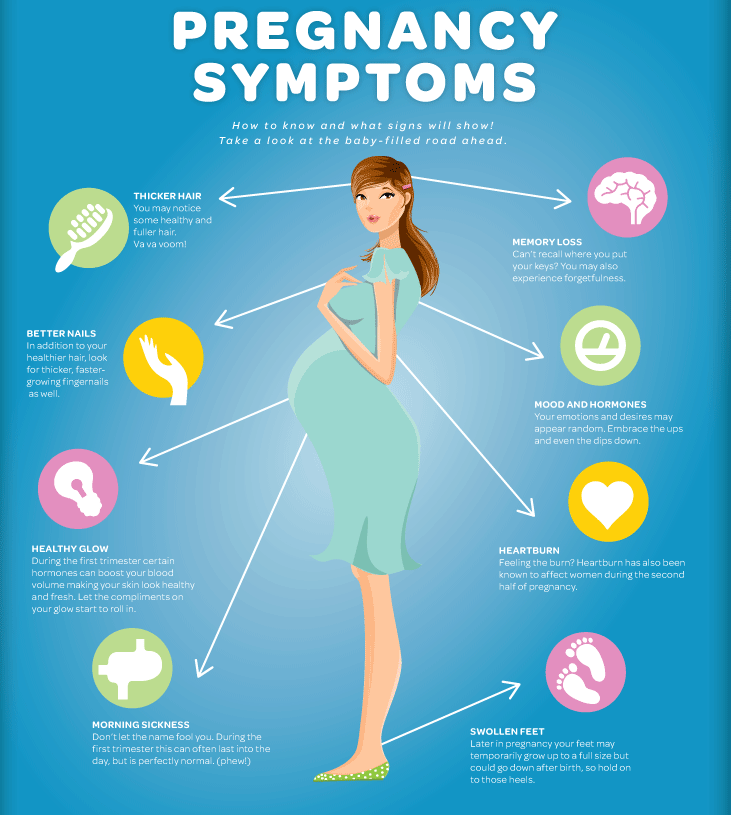
Pregnancy, Birth and Baby’s information and advice are developed and managed within a rigorous clinical governance framework.
This site is protected by reCAPTCHA and the Google Privacy Policy and Terms of Service apply.
Healthdirect Australia acknowledges the Traditional Owners of Country throughout Australia and their continuing connection to land, sea and community. We pay our respects to the Traditional Owners and to Elders both past and present.
This information is for your general information and use only and is not intended to be used as medical advice and should not be used to diagnose, treat, cure or prevent any medical condition, nor should it be used for therapeutic purposes.
The information is not a substitute for independent professional advice and should not be used as an alternative to professional health care.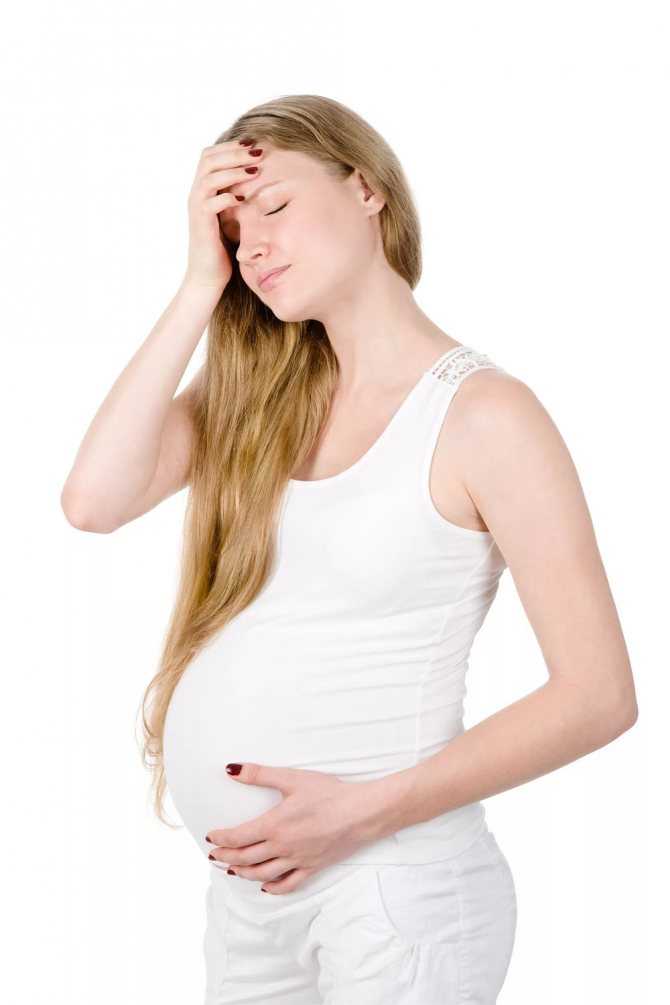 If you have a particular medical problem, please consult a healthcare professional.
If you have a particular medical problem, please consult a healthcare professional.
Except as permitted under the Copyright Act 1968, this publication or any part of it may not be reproduced, altered, adapted, stored and/or distributed in any form or by any means without the prior written permission of Healthdirect Australia.
Support this browser is being discontinued for Pregnancy, Birth and Baby
Support for this browser is being discontinued for this site
- Internet Explorer 11 and lower
We currently support Microsoft Edge, Chrome, Firefox and Safari. For more information, please visit the links below:
- Chrome by Google
- Firefox by Mozilla
- Microsoft Edge
- Safari by Apple
You are welcome to continue browsing this site with this browser. Some features, tools or interaction may not work correctly.
10 Things That Might Surprise You About Being Pregnant (for Parents)
Pregnancy info is everywhere.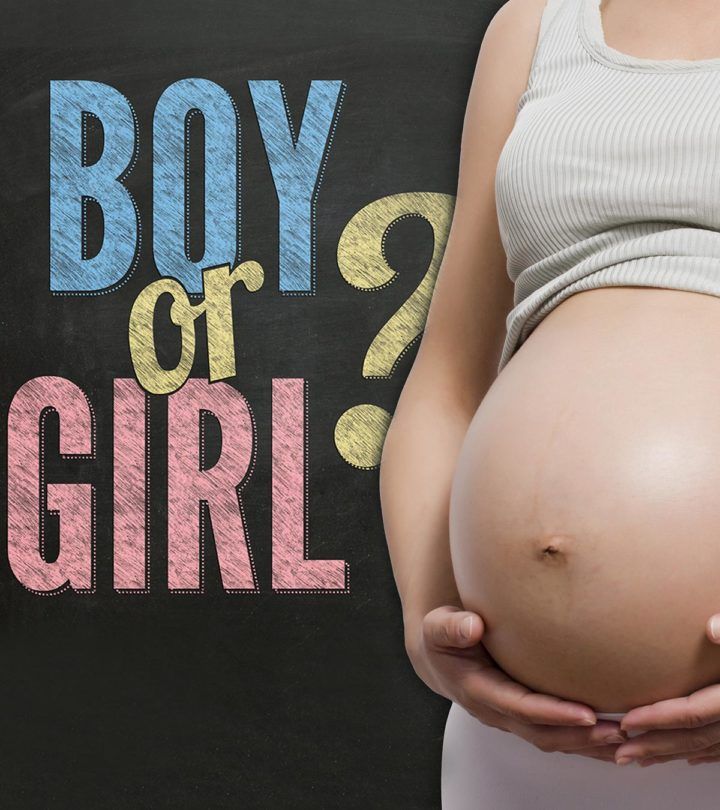 At your first prenatal visit, your doctor will likely give you armfuls of pamphlets that cover every test and trimester.
At your first prenatal visit, your doctor will likely give you armfuls of pamphlets that cover every test and trimester.
Despite all this information, here are 10 common surprises that pregnancy can bring.
1. The Nesting Instinct
Many pregnant women feel the nesting instinct, a powerful urge to prepare their home for the baby by cleaning and decorating.
As your due date draws closer, you may find yourself cleaning cupboards or washing walls — things you never would have imagined doing in your ninth month of pregnancy! This desire to prepare your home can be useful — you'll have fewer to-do items after the birth. But be careful not to overdo it.
2. Problems With Concentration
In the first trimester, tiredness and morning sickness can make many women feel worn out and mentally fuzzy. But even well-rested pregnant women may have trouble concentrating and periods of forgetfulness.
Thinking about the baby plays a role, as do hormonal changes. Everything — including work, bills, and doctor appointments — may seem less important than the baby and the coming birth.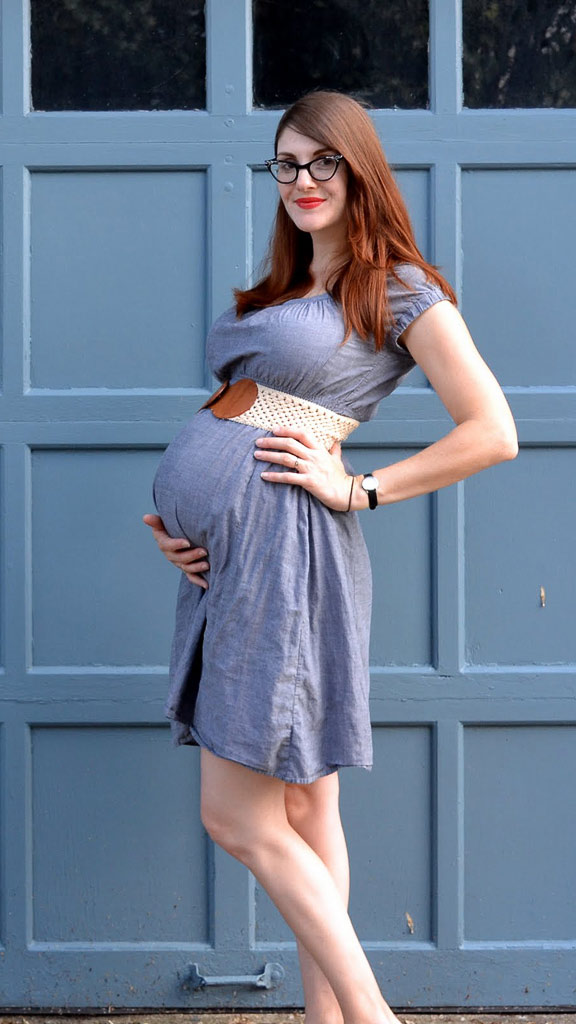 Making lists can help you remember dates and appointments.
Making lists can help you remember dates and appointments.
3. Mood Swings
Premenstrual syndrome and pregnancy are alike in many ways. Your breasts swell and become tender, your hormones go up and down, and you may feel moody. If you have PMS, you're likely to have more severe mood swings during pregnancy. They can make you go from being happy one minute to feeling like crying the next.
Mood swings are very common during pregnancy. They tend to happen more in the first trimester and toward the end of the third trimester.
Many pregnant women have depression during pregnancy. If you have symptoms such as sleep problems, changes in eating habits, and mood swings for longer than 2 weeks, talk to your health care provider.
4. Bra Size
An increase in breast size is one of the first signs of pregnancy. Breast growth in the first trimester is due to higher levels of the hormones
estrogenand progesterone. That growth in the first trimester might not be the end, either — your breasts can continue to grow throughout your pregnancy!
Your bra size also can be affected by your ribcage.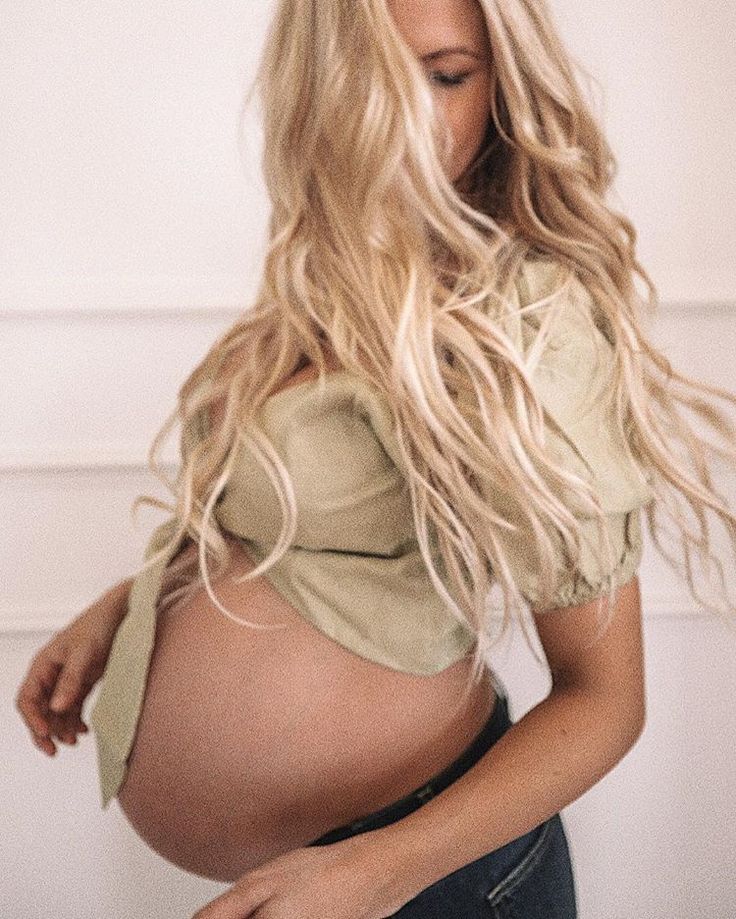 When you're pregnant, your lung capacity increases so you can take in extra oxygen, which may lead to a bigger chest size. You may need to replace your bras several times during your pregnancy.
When you're pregnant, your lung capacity increases so you can take in extra oxygen, which may lead to a bigger chest size. You may need to replace your bras several times during your pregnancy.
5. Skin Changes
Do your friends say you have that pregnancy glow? It's one of many effects that can come from hormonal changes and your skin stretching.
Pregnant women have increased blood volume to provide extra blood flow to the uterus and other organs, especially the kidneys. The greater volume brings more blood to the vessels and increases oil gland secretion.
Some women develop brownish or yellowish patches called chloasma, or the "mask of pregnancy," on their faces. And some will notice a dark line on the midline of the lower abdomen, known as the linea nigra (or linea negra). They can also have hyperpigmentation (darkening of the skin) of the nipples, external genitalia, and anal region. That's because pregnancy hormones cause the body to make more pigment.
This increased pigment might not be even, so the darkened skin may appear as splotches of color.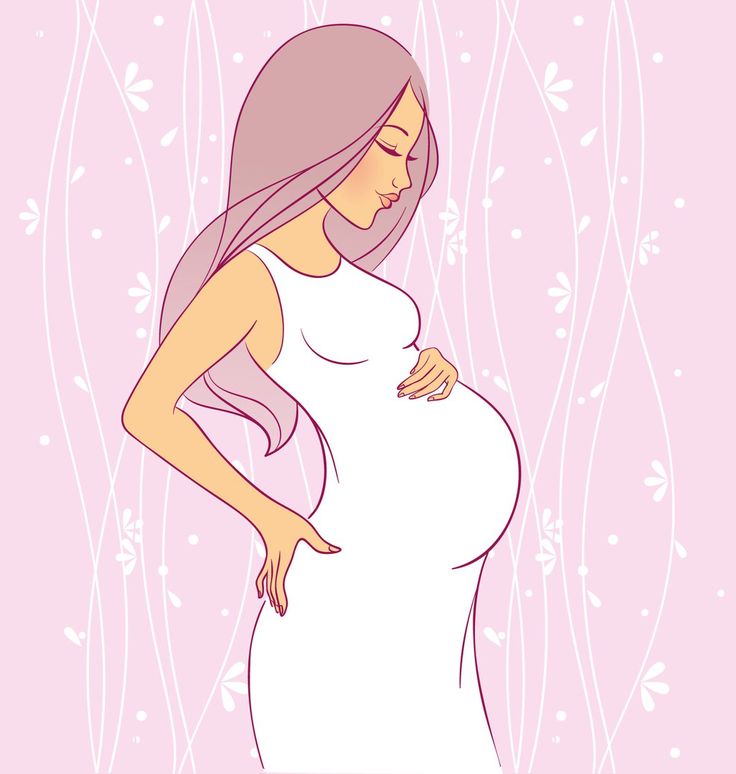 Chloasma can't be prevented, but wearing sunscreen and avoiding UV light can minimize its effects.
Chloasma can't be prevented, but wearing sunscreen and avoiding UV light can minimize its effects.
Acne is common during pregnancy because the skin's sebaceous glands make more oil. And moles or freckles that you had before pregnancy may get bigger and darker. Most of these skin changes should go away after you give birth.
Many pregnant women also get heat rash, caused by dampness and sweating. In general, pregnancy can be an itchy time for a woman. Skin stretching over the abdomen may cause itchiness and flaking. Your doctor can recommend creams to soothe dry or itchy skin.
page 4
6. Hair and Nails
Many women have changes in hair texture and growth during pregnancy. Hormones can make your hair grow faster and fall out less. But these hair changes usually aren't permanent. Many women lose some hair in the postpartum period or after they stop breastfeeding.
Some women find that they grow hair in unwanted places, such as on the face or belly or around the nipples. Changes in hair texture can make hair drier or oilier. Some women even find their hair changing color.
Changes in hair texture can make hair drier or oilier. Some women even find their hair changing color.
Nails, like hair, can change during pregnancy. Extra hormones can make them grow faster and become stronger. Some women, though, find that their nails split and break more easily during pregnancy. Like the changes in hair, nail changes aren't permanent. If your nails split and tear more easily when you're pregnant, keep them trimmed and avoid the chemicals in nail polish and nail polish remover.
7. Shoe Size
Even though you can't fit into any of your pre-pregnancy clothes, you still have your shoes, right? Maybe — but maybe not. Extra fluid in their pregnant bodies mean that many women have swollen feet and need to wear a larger shoe size. Wearing slip-on shoes in a larger size can be more comfortable, especially in the summer months.
8. Joint Mobility
During pregnancy, your body makes the hormone relaxin, which is believed to help prepare the pubic area and the cervix for the birth.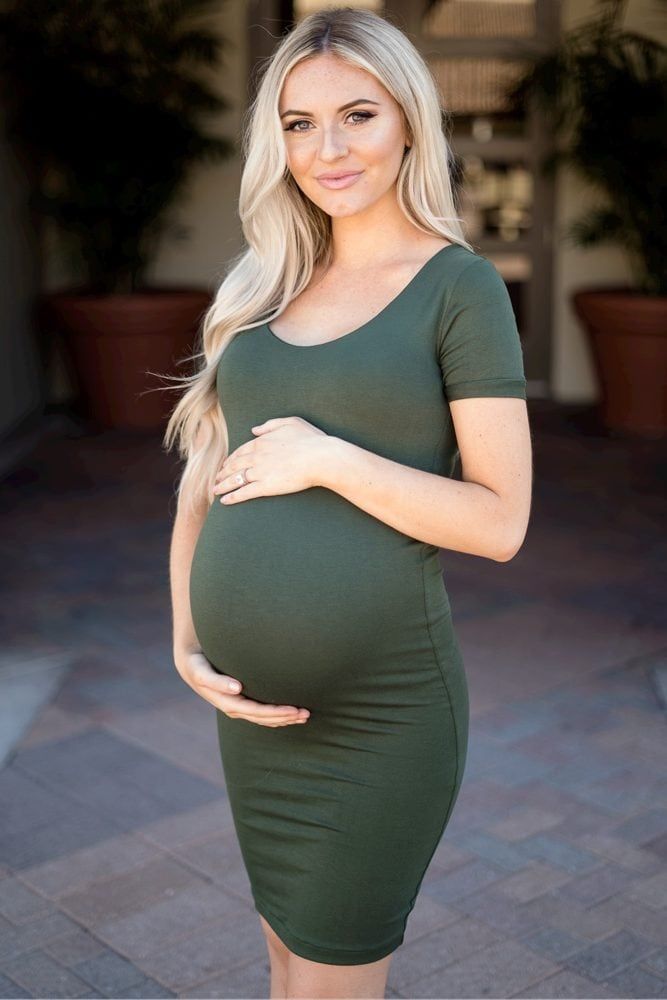 Relaxin loosens the ligaments in your body, making you less stable and more at risk for injury. It's easy to overstretch or strain yourself, especially the joints in your pelvis, lower back, and knees. When exercising or lifting objects, go slowly and avoid sudden, jerking movements.
Relaxin loosens the ligaments in your body, making you less stable and more at risk for injury. It's easy to overstretch or strain yourself, especially the joints in your pelvis, lower back, and knees. When exercising or lifting objects, go slowly and avoid sudden, jerking movements.
9. Varicose Veins, Hemorrhoids, and Constipation
Varicose veins, usually found in the legs and genital area, happen when blood pools in veins enlarged by pregnancy hormones. Varicose veins often go away after pregnancy. To help prevent them:
- avoid standing or sitting for long periods
- wear loose-fitting clothing
- wear support hose
- raise your feet when you sit
Hemorrhoids — varicose veins in the rectum — are common during pregnancy as well. Your blood volume has increased and your uterus puts pressure on your pelvis. So the veins in your rectum may enlarge into grape-like clusters. Hemorrhoids can be very painful, and can bleed, itch, or sting, especially during or after a bowel movement (BM).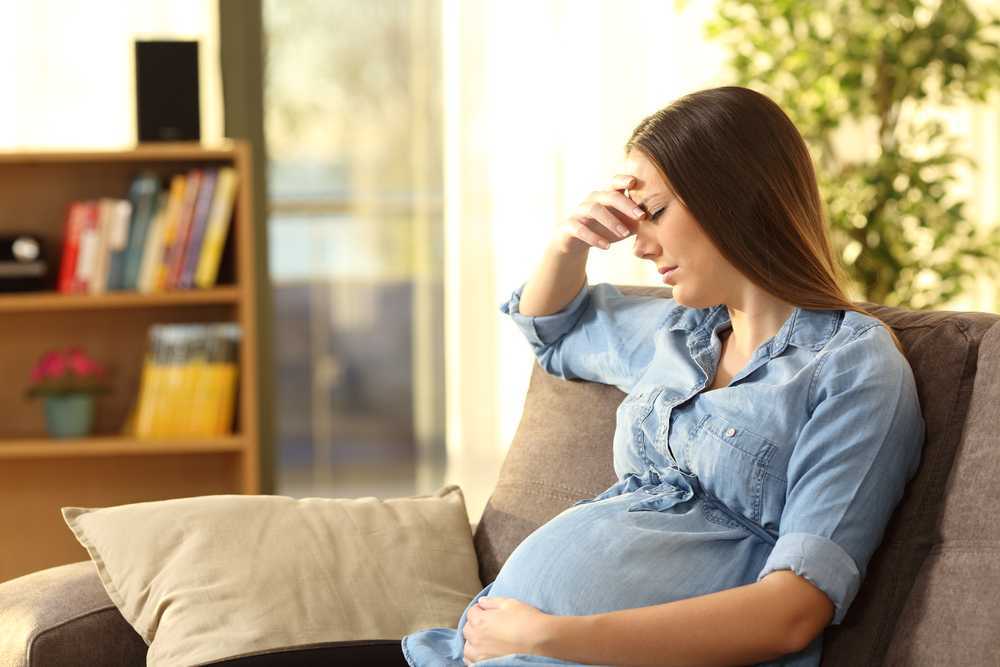
Constipation is another common pregnancy woe. It happens because pregnancy hormones slow the passing of food through the gastrointestinal tract. During the later stages of pregnancy, your uterus may push against your large intestine, making it hard for you to have a BM. And constipation can contribute to hemorrhoids because straining to go may enlarge the veins of the rectum.
The best way to deal with constipation and hemorrhoids is to prevent them. Eating a fiber-rich diet, drinking plenty of liquids daily, and exercising regularly can help keep BMs regular. Stool softeners (not laxatives) may also help. If you do have hemorrhoids, talk to your health care provider about a cream or ointment that can shrink them.
10. Things That Come Out of Your Body During Labor
So you've survived the mood swings and the hemorrhoids, and you think your surprises are over. But the day you give birth will probably hold the biggest surprises of all.
During pregnancy, fluid surrounds your baby in the amniotic sac. This sac breaks (or "ruptures") at the start of or during labor — a moment usually referred to as your water breaking. For most women in labor, contractions start before their water breaks. Sometimes the doctor has to rupture the amniotic sac (if the cervix is already dilated).
This sac breaks (or "ruptures") at the start of or during labor — a moment usually referred to as your water breaking. For most women in labor, contractions start before their water breaks. Sometimes the doctor has to rupture the amniotic sac (if the cervix is already dilated).
How much water can you expect? For a full-term baby, there are about 2 to 3 cups of amniotic fluid. Some women may feel an intense urge to pee that leads to a gush of fluid when their water breaks. Others may only feel a trickling down their leg because the baby's head acts like a stopper to prevent most of the fluid from leaking out.
Amniotic fluid is generally sweet-smelling and pale or colorless. It's replaced by your body every 3 hours, so don't be surprised if you continue to leak fluid, about a cup an hour, until delivery.
Other, unexpected things may come out of your body during labor. Some women have nausea and vomiting. Others have diarrhea before or during labor, and passing gas is also common.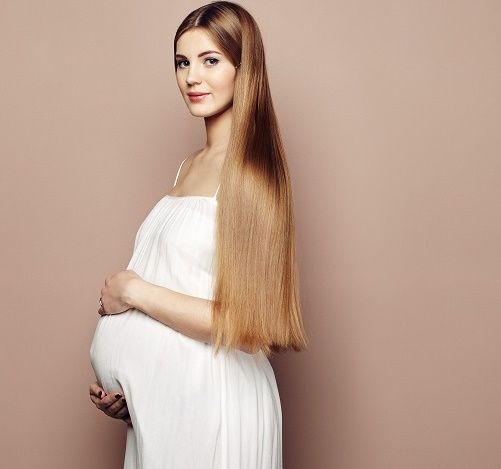 During the pushing phase of labor, you may lose control of your bladder or bowels.
During the pushing phase of labor, you may lose control of your bladder or bowels.
A birth plan can help communicate your wishes to your health care providers about how to handle these and other aspects of labor and delivery.
Lots of surprises are in store for you when you're pregnant — but none sweeter than the way you'll feel once your newborn is in your arms!
HAIR AND PREGNANCY, hair loss during pregnancy, hair care
We tell you what changes occur
with hair during pregnancy and after childbirth,
about coloring and care procedures.
During pregnancy and breastfeeding women notice that their hair becomes more weak and brittle .
In the article we will tell you how to restore health and maintain a beautiful appearance kind of hair in this period. Let's touch on the topic of staining and answer other questions that are of interest to fans of our brand.
Is hair coloring
safe during pregnancy ?
There are two opposite opinions about this.
Some say that staining should be avoided, since this is a chemical effect of
on the body, which is a priori harmful, and doubly so during pregnancy.
Others claim that coloring with modern compounds is absolutely safe
and cannot harm either mother or baby.
Let's see how the staining is carried out and whether it can harm.
Hair coloring -
is a chemical process involving ammonia.
To create a color composition, the stylist mixes the color containing ammonia with an oxidizing agent. As a result, a chemical reaction takes place,0004 which is called oxidation of .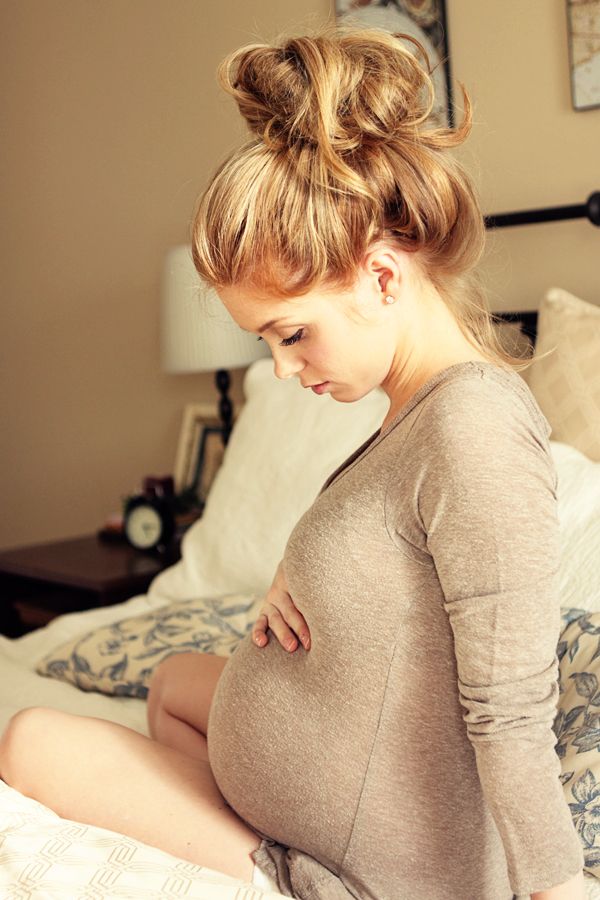
When coloring, ammonia lifts the hair scales , allowing coloring pigments and nutrients to penetrate into the hair. The oxidation reaction continues on the hair for no more than 10 minutes , after which the ammonia evaporates and other substances come into play.
However, the active mixture is in contact with the scalp for some time. And it is hygroscopic , the stratum corneum has high metabolic activity - everything that we put on the skin affects our body. Therefore frequent staining during pregnancy is not recommended .
With standard
staining intervals of 9 months, there will be no more than 3-4 treatments.
The total time ammonia is in contact with skin and hair is very small. If the coloring composition is applied to intact skin, as required by the instructions, systemic absorption will be so small that
that will not harm the expectant mother and baby.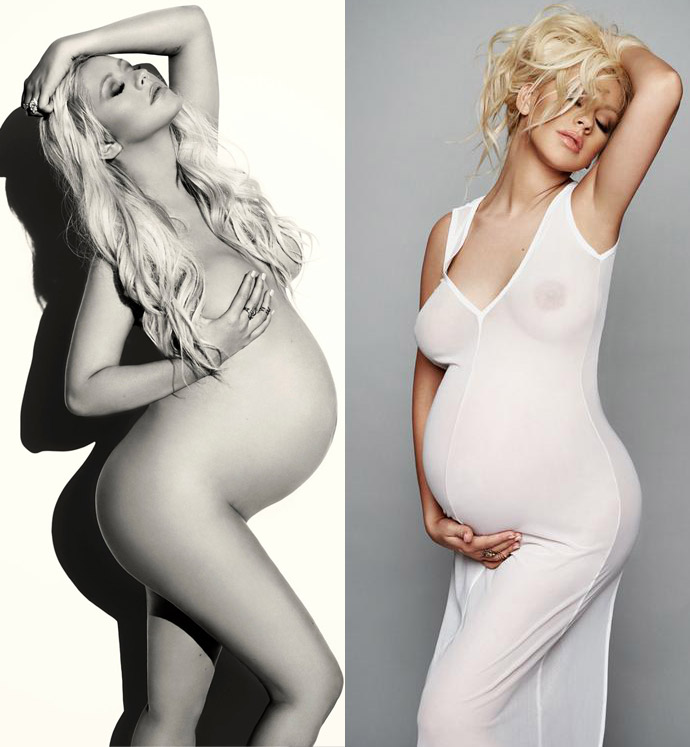
During pregnancy,
becomes more sensitive to cosmetic products.
There may be intolerance to some odors,
including ammonia. In this case, it is better to try a more gentle temporary staining with ammonia-free formulations.
Entrusting hair care during pregnancy is important to an experienced stylist. He will be able to select the most suitable product according to your position and hair condition.
We do not recommend coloring your hair during the first trimester of pregnancy as these are the most important months of embryo formation. In the future, the procedure can be carried out, observing an interval of 2–3 months .
How hormones affect hair ?
Usually during pregnancy, the hair looks more shiny and lively
due to increased levels of estrogen in the body.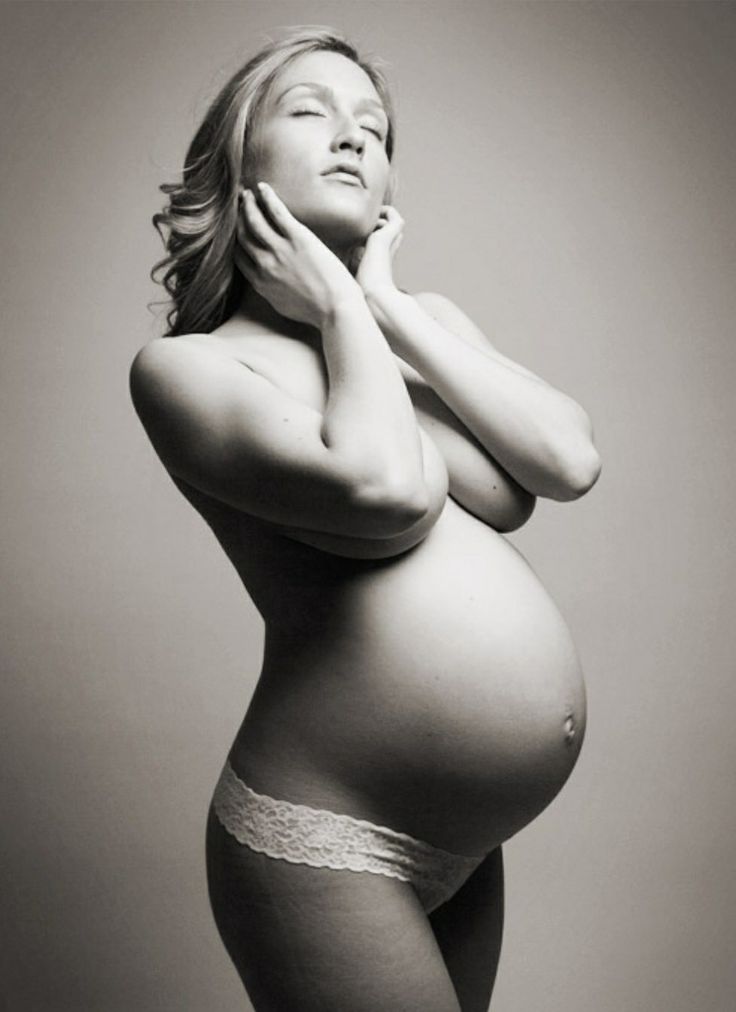 This hormone has a positive effect on
This hormone has a positive effect on
for the hair growth cycle: lengthens the anagen (growth) phase and reduces hair loss.
The placenta produces prostacyclin, which dilates blood vessels
and promotes good hydration of the scalp, thereby
stimulating hair growth. The combined action of estrogen and prostacyclin makes
hair stronger and more resistant.
At the end of pregnancy and after childbirth the situation changes.
The level of "caring" hormones drops sharply, and the action of prolactin
and androgen is enhanced. This "hormonal storm" greatly affects the
hair life cycle. They pass into the catagen phase (rest),
and some into the telogen phase (ready to fall out).
This explains why hair loss occurs during breastfeeding.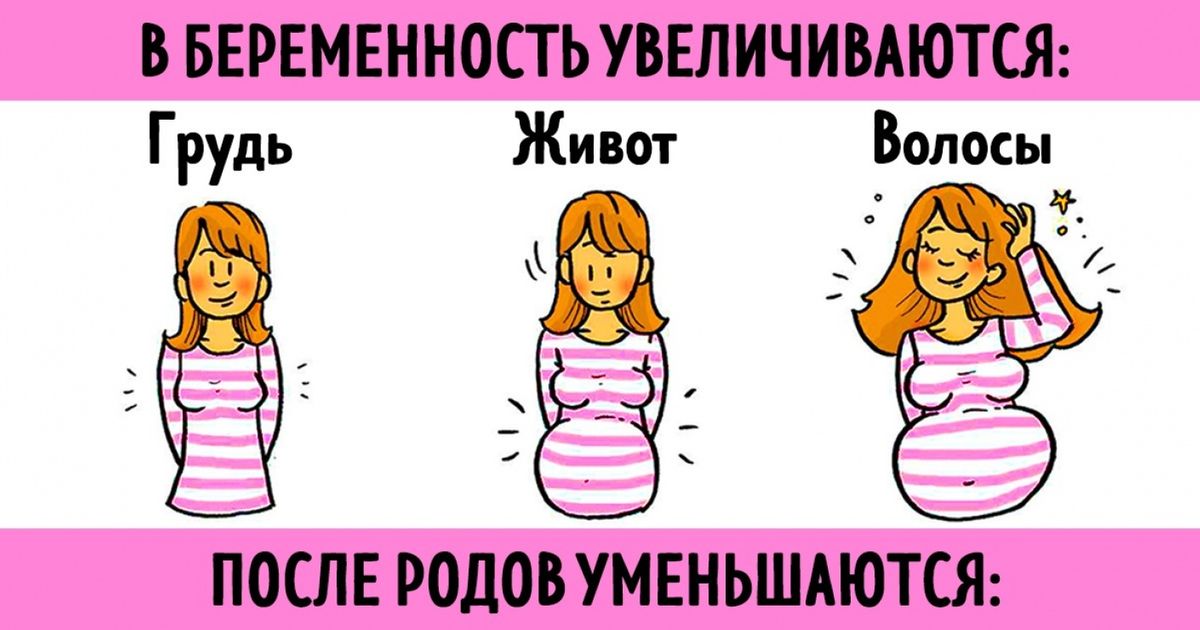 The process was named "postpartum outflow" .
The process was named "postpartum outflow" .
Status unpleasant but temporary : in most cases
everything returns to normal within 6-12 months .
Lactation hair loss is a natural process to be experienced.
Salon treatments aimed at reducing hair loss
It is advisable to start them in the last month of pregnancy,
to strengthen the hair by the time the baby is born and the start of breastfeeding.
It is recommended to continue within a year after delivery.
Quality moisturizing
Stylish haircut
Hair and scalp require hydration and nourishment. During pregnancy, hormones help us, but after childbirth, we need to be especially vigilant. With dehydration, hair is the first to suffer, so it is important to use moisturizing and nourishing products. For example, combine anti-fallout program
Lotion Concentree with reconstruction B-Refibre .
Hair loss during lactation is a natural process, but with a neat and easy to style haircut and proper care, it will become completely invisible. It is recommended to “lighten” the head by the seventh or eighth month of pregnancy. A fashionable hairstyle will cheer you up and relieve stress.
There are three easy steps to help improve your hair during lactation:
Can hair loss be avoided? If this happened to you...
Why is this happening?
During pregnancy, estrogen levels increase in the body, which promotes hair growth. If usually about 100 hairs fall out per day, then during pregnancy this process stops, so the hair becomes strong, lush and shiny. The exception is women whose hair condition worsens already during pregnancy - hormonal changes become a great stress for their body, and the hair takes the first blow in this situation.
Big changes occur after childbirth, when the level of estrogen gradually drops and the body returns to its pre-pregnancy state. Hair, which during pregnancy was firmly held on the head, begins to fall out. Hormonal changes cause not only hair loss, but also a change in their appearance: hair can become thin, dull and lifeless.
Hair, which during pregnancy was firmly held on the head, begins to fall out. Hormonal changes cause not only hair loss, but also a change in their appearance: hair can become thin, dull and lifeless.
Approximately two months after childbirth, the body restores balance, and the restoration of the normal state of the hair begins - many new small hairs appear at the hairline. You can wait until nature does its job, but there are a few things you can do on your own to improve the situation.
How to improve the condition of the hair?
- Approach the problem from the inside. Weakened, brittle hair often suffers from mineral deficiencies. If the daily diet is not balanced, nutritional supplements will come to the rescue. It is important to maintain normal levels of iron, copper, zinc and vitamin D in the body.
- Stay positive! That’s right – reduce your stress levels and get good sleep. Stress interferes with hair growth and leads to premature hair loss. Getting rid of tension is not always easy, but you just need to start to relax normally and learn to relax; this will give the body vigor, and the roots of the hair - enough energy to withstand stress.